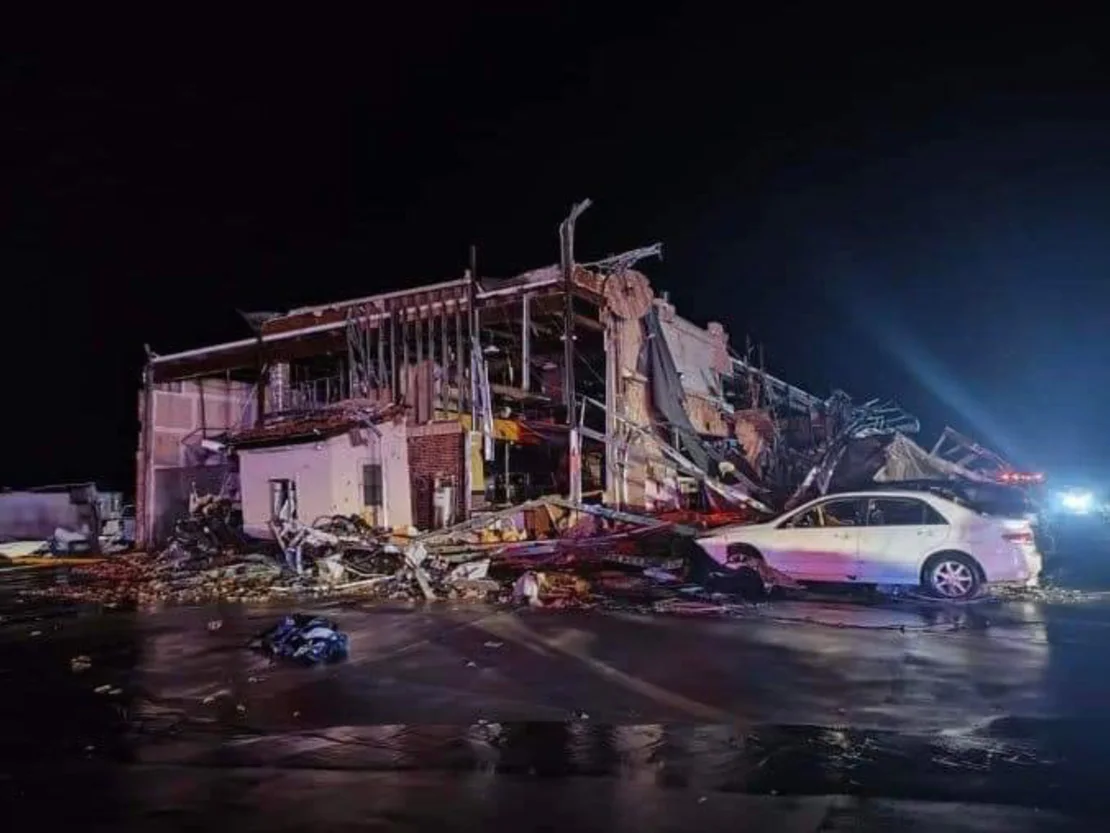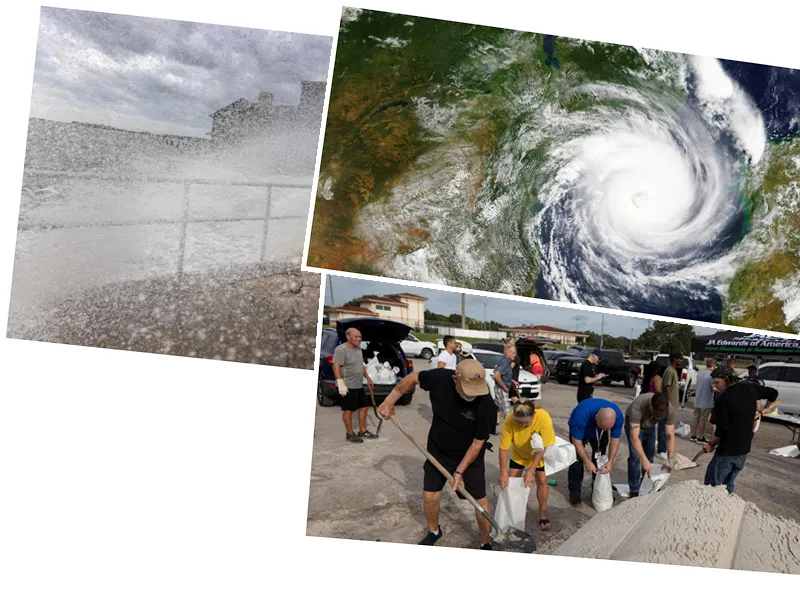Tornadoes and Severe Storms Wreak Havoc on Central and Southern United States
This Memorial Day weekend has been marred by extreme weather across the central and southern United States, with storms that spawned tornadoes causing significant damage and disruption. From Texas to the Mississippi Valley, millions of people have been impacted by severe thunderstorms, large hail, damaging winds, and fierce tornadoes.
In northern Denton County, Texas, a possible tornado struck on Saturday night, injuring several individuals and causing damage to numerous homes. Authorities reported overturned 18-wheelers, downed trees, and destroyed power lines. Significant damage was noted in trailer parks and at the Ray Roberts Marina in Sanger. As medics and resources rushed to affected areas, similar devastation was observed in neighboring Celina and across Rogers County, Oklahoma, where a potential tornado left extensive damage and a prolonged power outage in Claremore.
The situation prompted the National Weather Service to issue multiple tornado warnings for North Texas cities on Saturday night. As the storm system moved east, approximately 200,000 homes and businesses in the Plains and Missouri found themselves without power, with a substantial number of outages reported in Missouri, Kansas, Texas, and Oklahoma.
Storms intensified into Sunday morning, extending their reach to the Mississippi Valley and eventually the entire Midwest. The Storm Prediction Center issued warnings, highlighting a level 4 of 5 risk for severe weather across central and southern Plains. This warning included potential EF2 to EF5 tornadoes, large hail, and winds exceeding 119 km/h.
Major travel hubs such as Chicago, Indianapolis, St. Louis, and Nashville faced significant disruptions, with storms causing delays and cancellations. Indiana's National Weather Service warned of thunderstorms with gusts up to 25 mph, possibly impacting the Indianapolis 500 race.
As the storms moved eastward on Monday, cities from Baltimore to Raleigh braced for severe weather. Wind damage and flash flooding became primary concerns, particularly in the middle Mississippi Valley, where up to three inches of rain was expected.
Adding to the weather woes, record-breaking heat plagued the Southern United States. Houston, New Orleans, Miami, and surrounding areas experienced temperatures more typical of July, forcing residents to seek cooling centers and drink ample water to avoid heat-related illnesses.
- Severe weather isn't exclusive to tornado-prone areas. Across the country, the National Weather Service continues to issue warnings and advisories to prepare residents for incoming storms and heatwaves. For those in affected areas, it's vital to stay tuned to local weather updates and take necessary precautions for safety.
- In addition to electrical outages and disruptions in travel, infrastructure damage can severely impact daily life in storm-affected communities. Recovery efforts will need significant resources, from repairing damaged homes to restoring power and ensuring access to basic necessities like food and clean water.
- Emergency services have been working tirelessly, showing immense resilience and coordination during these natural disasters. Community members are encouraged to support these efforts where possible, through donations or volunteering, to aid in swift recovery and help those most affected by the storms.






